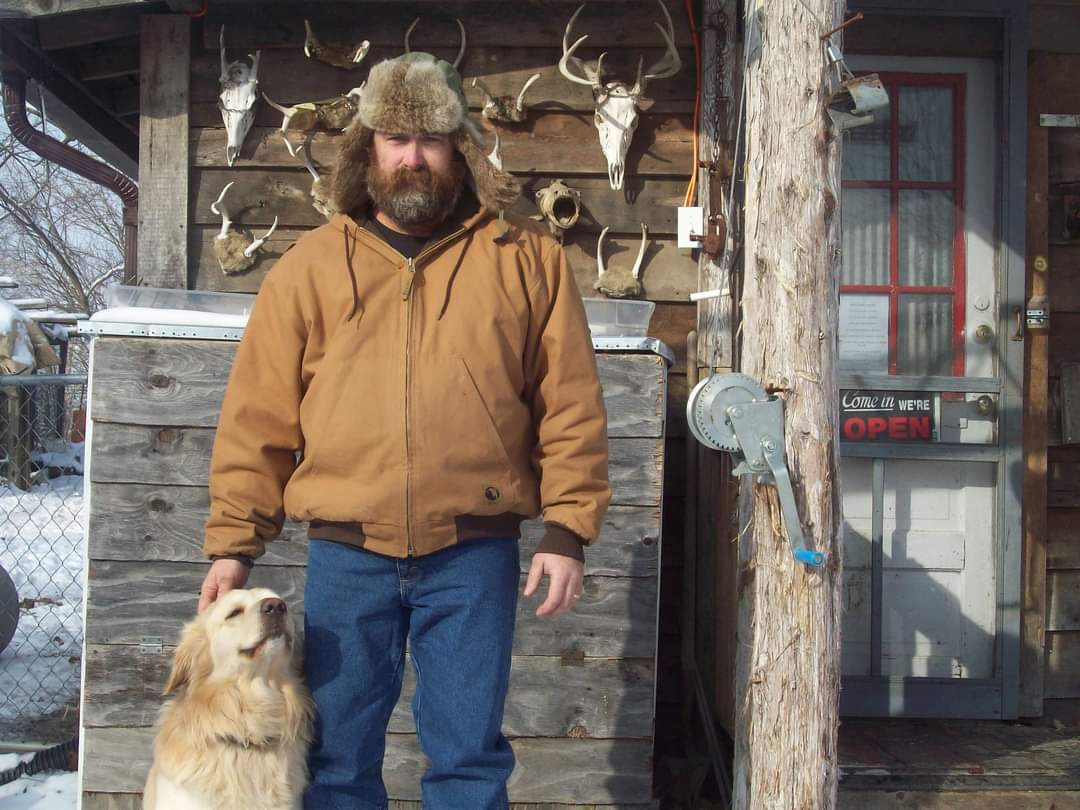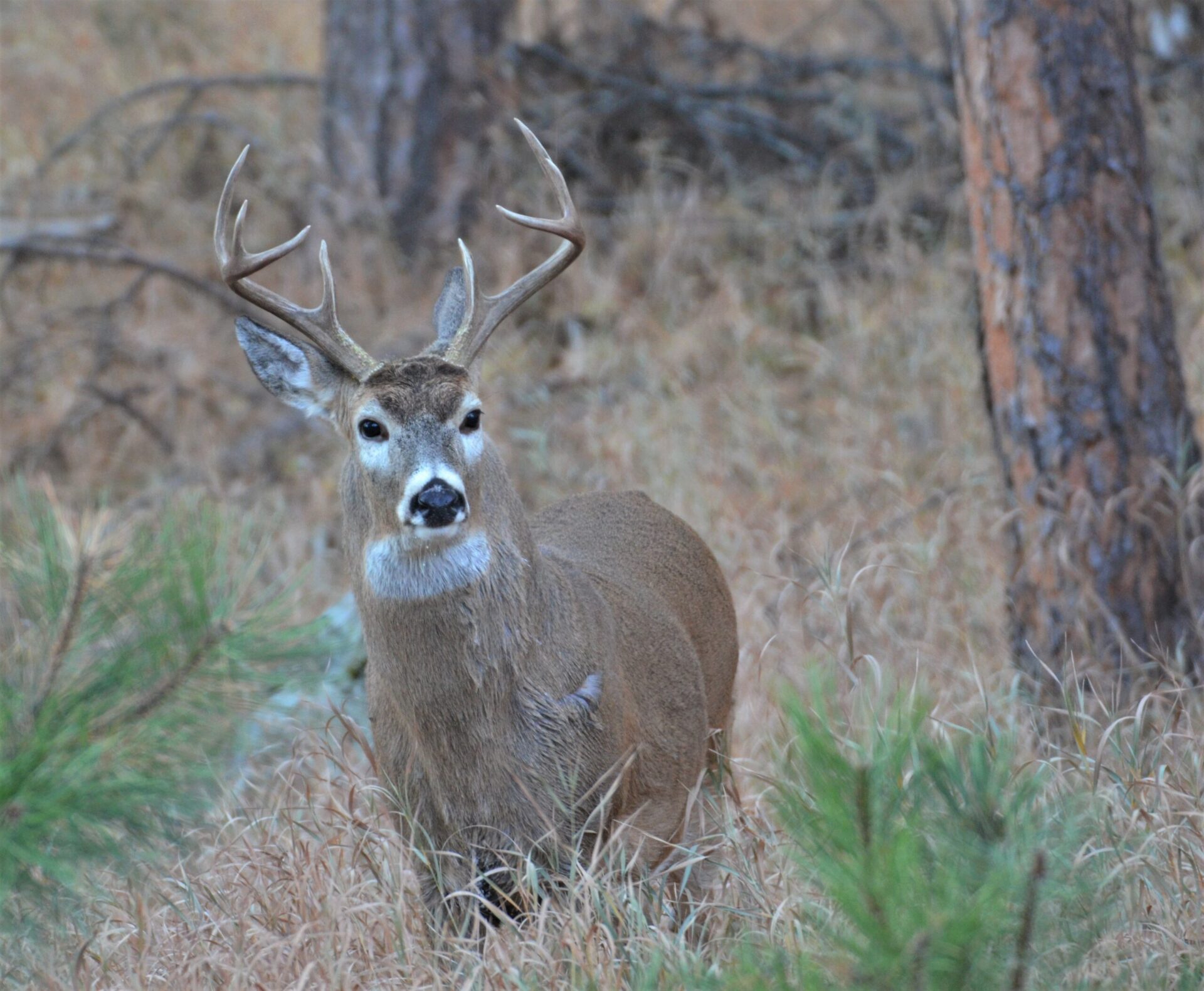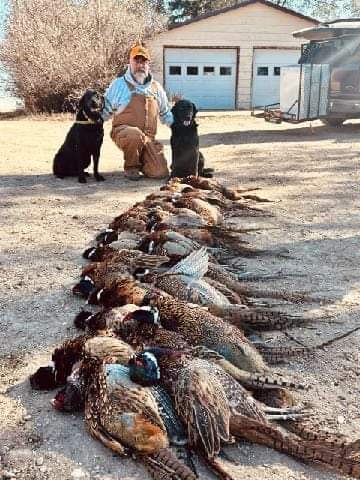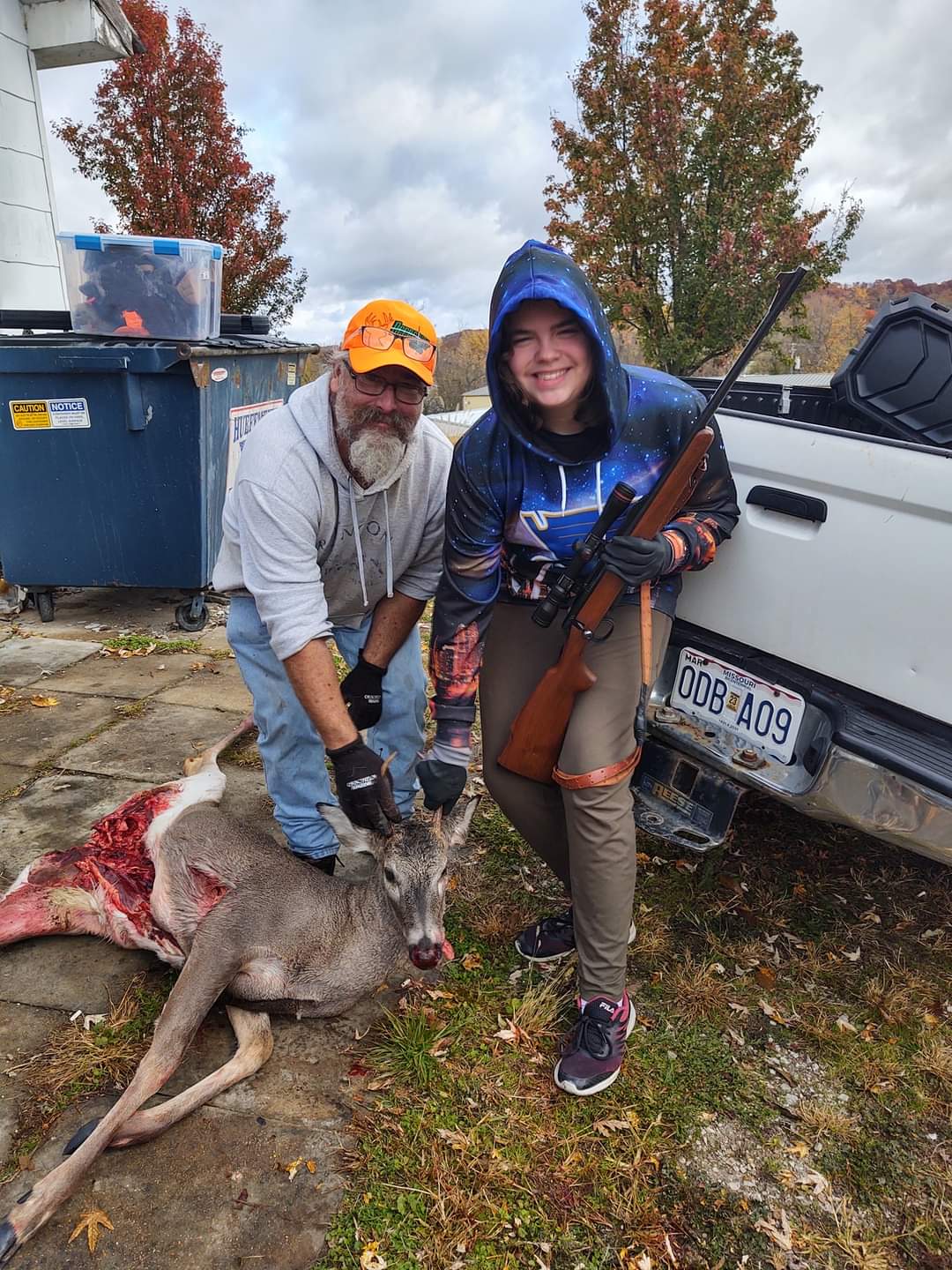Nature and Wildlife Solutions
At Nature & Wildlife Solutions, we provide professional wildlife conflict resolution services to protect homes, businesses, and land from damage caused by animals. Our team specializes in restoring land and plants to native species, delivering expert land management services, and offering reliable equipment repair for property maintenance. We also provide skilled taxidermy restoration to preserve and renew valuable mounts. Based in the St. Louis area and serving the Midwest United States, we combine expertise, humane practices, and personalized consulting to deliver lasting solutions for wildlife control, habitat restoration, and property care.
Protect your home and property with expert wildlife identification and humane removal solutions.
Learn more about each animal and how we can help by exploring the wildlife pages below.
How to Get Started
We communicate primarily by email and text messaging for convenience and quick response. Simply contact us, share details of your concern, and we’ll work with you to create a safe, humane, and effective solution.
Email: jerryswildlifehelp@gmail.com
Text or call: 636-399-4562

How to Get Started
We communicate primarily by email and text messaging for convenience and quick response. Simply contact us, share details of your concern, and we’ll work with you to create a safe, humane, and effective solution.
Email: jerryswildlifehelp@gmail.com
Text or call: 636-399-4562
Our Wildlife Services
Wildlife Exclusion Consulting
-
New Construction Consulting – Build with wildlife-proofing measures from the start.
-
Restoration Consulting – Retrofit and restore properties to block animal entry points.
Wildlife Conflict Resolution
-
Identify the exact species causing damage.
-
Assess property risks and health hazards.
-
Develop custom prevention plans to stop future conflicts.
-
Guidance for choosing the right Animal Damage Control (ADC) service.
DIY Wildlife Solutions
-
Step-by-step removal guidance for homeowners.
-
Recommendations for the best tools and deterrents.
-
Access to trusted guides and educational resources.
Specialized Services
-
Taxidermy Mount Restoration – Clean, restore, and preserve older mounts.
-
Specialized Wildlife Trapping – For difficult species, subdivisions, or corporate properties.
Educational Workshops & Lectures
-
Small to Large Group Training on wildlife identification, exclusion techniques, and long-term prevention.
Why Choose Nature & Wildlife Solutions?
-
Humane and Ethical Practices – We protect wildlife while protecting your property.
-
Education-First Approach – We empower you with the knowledge to prevent future problems.
-
Specialized Expertise – From construction consulting to taxidermy restoration, we handle unique challenges.

Featured Wildlife: Deer

CWD testing made easy with this free app!
What is CWD?
Chronic Wasting Disease (CWD) is a fatal neurological condition that affects deer, elk, and other cervids. Testing for CWD is crucial to monitor and manage its spread within deer populations. Hunters are encouraged to have their harvested deer tested, particularly in regions where CWD has been detected. The testing process typically involves submitting a sample of the deer’s brain tissue to a wildlife agency or lab for analysis. Early detection helps protect the health of local deer populations and prevents further transmission of the disease.
First and foremost when hunting deer:
Know before you go!!
Hunting, much like having a driver’s license, is not a right—it’s a privilege. While we all pay taxes to maintain roads, that doesn’t mean we own them or can use them however we like. Roads are shared by everyone and come with rules to ensure safety and fairness.
Similarly, hunting is made possible through funding from taxes and fees that benefit all of us. To ensure hunting remains safe and fair for everyone, guidelines and regulations must be followed. It’s the responsibility of every hunter to learn and understand these rules before purchasing a tag.
Why am I getting a ticket? If you didn’t intentionally violate the wildlife code, it’s likely because you didn’t take the time to study it. Ignorance of the rules isn’t an excuse, and it can result in a fine.
Please take the time to review the regulations. They exist to make hunting a safe, fair, and enjoyable experience for everyone—yourself, your family, and your friends.
Be safe, and enjoy all that Missouri’s great outdoors have to offer!


About the author
Jerry Pemberton
Jerry Pemberton is a renowned trapper and wildlife specialist based in rural Missouri, with over three decades of dedicated experience in wildlife management and conservation. Born and raised in Missouri, Jerry’s deep connection to the natural world began at a young age, fostering a lifelong passion for wildlife and trapping.
Jerry’s expertise in trapping spans a broad range of techniques and species, with a particular focus on humane and sustainable practices. He is well-versed in the intricacies of trapping and the removal of both common and elusive animals, including deer, coyotes, raccoons, and beavers. His knowledge extends beyond practical trapping skills to include a deep understanding of local wildlife behavior, habitat management, and ecosystem balance.
Throughout his career, Jerry has been actively involved in educational outreach, sharing his knowledge with aspiring trappers and hunters through workshops, seminars, and community events. His contributions to wildlife conservation have been recognized by various organizations, including the Missouri Trappers Association and the Missouri Department of Conservation.
In addition to his hands-on work, Jerry has collaborated with local conservation groups and the Missouri Department of Conservation to develop and implement effective wildlife management strategies. For 20 years, he has been involved in Missouri’s deer CWD (Chronic Wasting Disease) sampling efforts. His efforts have addressed issues such as human-wildlife conflicts, deterrent options, scare tactics for managing wildlife, and habitat preservation, ensuring the long-term health and stability of Missouri’s wildlife populations.
Jerry’s commitment to ethical trapping practices and wildlife stewardship has earned him respect and admiration within the conservation community. His work is characterized by a balance of traditional skills and modern conservation principles, making him a leading figure in the field.
When he is not in the field, Jerry enjoys sharing his experiences and knowledge with others.